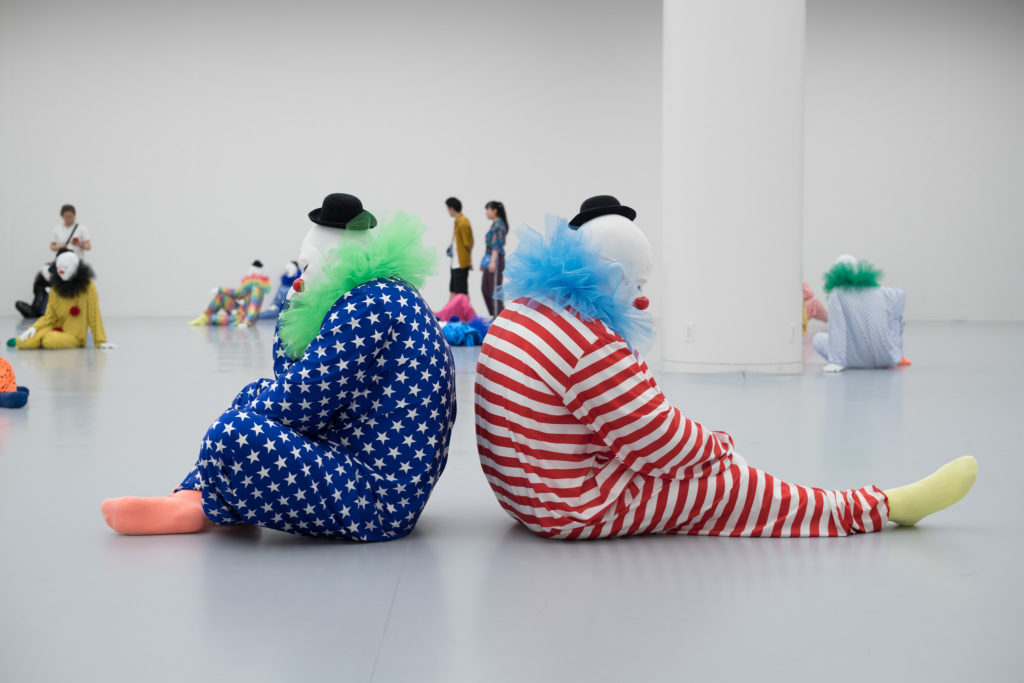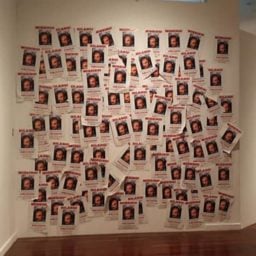A government-appointed review board has harshly criticized the organizers of the 2019 Aichi Triennale, which made headlines around the world for temporarily closing an exhibition that was itself themed around the issue of censorship. The closure came after an outcry regarding a sculpture in the show by Kim Seo-kyung and Kim Eun-sung that spotlighted the history of “comfort women” in Japan during WWII.
A six-person review panel, led by Toshio Yamanashi, director of the National Museum of Art, in Osaka, found that while the removal of the sculpture was the right way to deal with threats over the artwork, there were numerous faults with the way the exhibition was organized, reports the Japan Times. The exhibition was ultimately reopened after a legal challenge and a pledge by some artists to remove or alter their works in protest. The Triennale took place August 1 to October 14 in Nagoya and nearby cities.
The authors of the report have called for a thorough examination and revision of procedures for organizing the Triennale. Aichi’s governor, Hideaki Omura, who headed the Triennale’s steering committee, said, as quoted in the Japan Times, that “we will sincerely accept the proposals, and work toward the next triennale by gaining local residents’ understanding.” The panel also found fault in the curation of the censorship-themed exhibition, pointing out that while the concept initially was to show works that had been censored in public museums, it also included new works that had never fallen victim to suppression.
Artistic director and journalist Daisuke Tsuda, says the report, was given considerable power, but, the authors maintain, there was no system of checks and balances in place. The report also saw insufficient communication between Tsuda and the curators and other administrators.
The report did not, on the other hand, find fault with the handling of the highly controversial artwork.
Kim Seo-kyung and Kim Eun-sung’s Statue of Peace (2011), a life-size sculpture of a seated woman, depicts the so-called “comfort women,” who were in fact forced into sexual slavery to the occupying Japanese military before and during World War II. The curators said in a statement at the time that the work’s removal would constitute “the worst censorship incident in Japan’s postwar period.”
The sculpture was included in the show “After ‘Freedom of Expression?’” which was part of the Triennale and took place at the Aichi Prefecture Museum of Art in the city of Nagoya. The exhibition was closed in the wake of menacing messages, including one that promised to burn the museum down. The review panel deemed the closure of the show “unavoidable.” In the panel’s view, this “did not comprise an unwarranted restriction on freedom of expression.”
Artnet reached out to Toshio Yamanashi and Daisuke Tsuda but did not receive an immediate reply.
The issue of sexual slavery has been a flash point for years. The government has in the past issued apologies, but in 2007, prime minister Shinzo Abe denied that there was any evidence that the Japanese had enslaved women, only to later say he would not reconsider previous apologies by previous officials. Nagoya Mayor Takashi Kawamura has objected to the presence of the artwork in the Triennale, since it constitutes an ackowledgement that Japan had indeed forced the women into sexual slavery.







